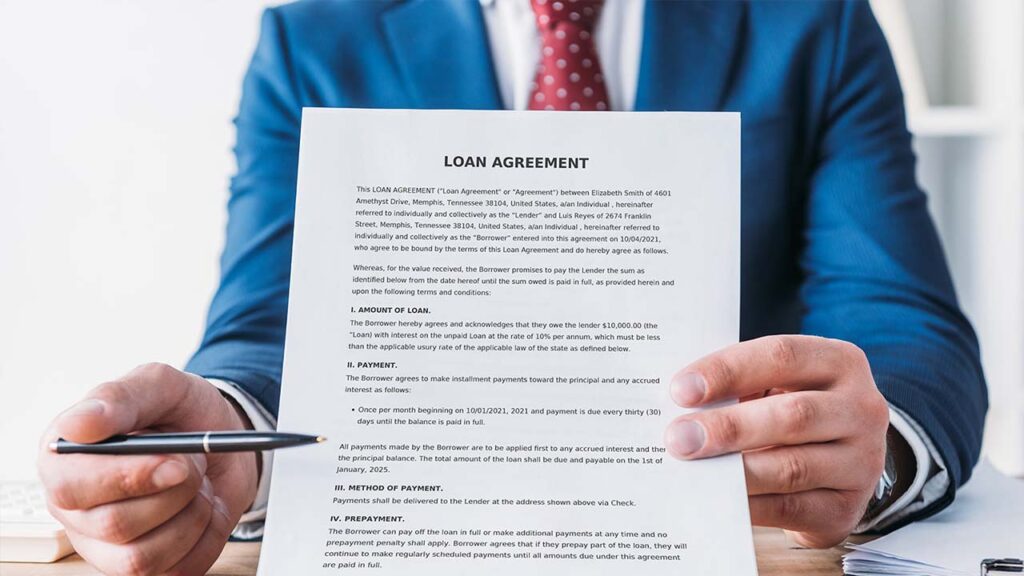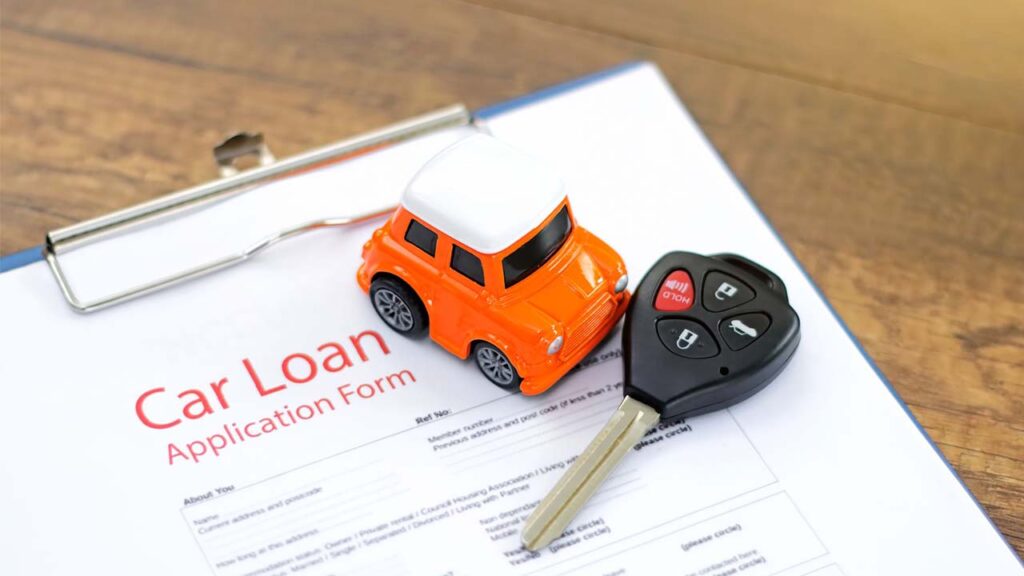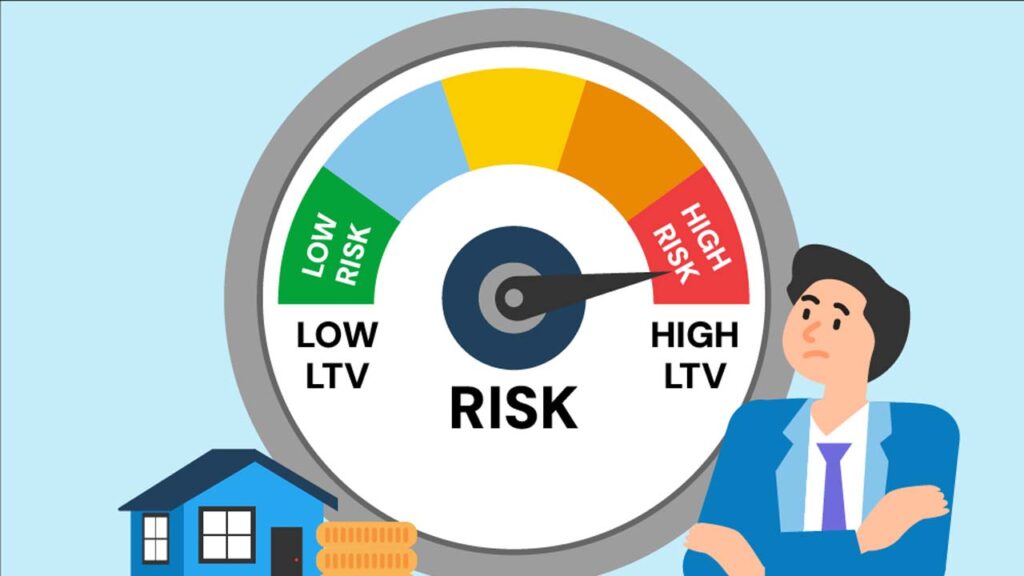SGDLoan.com – The commercial loan to value ratio in singapore (LTV) plays a critical role in determining the terms and conditions of loans used for commercial real estate and vehicle investments. Investors, business owners, and financial professionals alike need to understand the intricacies of LTV ratios to make informed borrowing decisions.
The loan to value ratio is a financial metric used by lenders to evaluate the risk involved in lending money for a property or vehicle purchase.
The ratio compares the loan amount with the appraised value or purchase price of the asset, which helps determine how much equity a borrower must contribute upfront.
For commercial loans, the LTV ratio is especially important as it impacts the loan approval process, interest rates, and repayment terms. A higher LTV ratio indicates a higher risk for the lender, which may result in higher interest rates or additional requirements such as private mortgage insurance.
Before diving deeper into how the LTV ratio affects different types of commercial loans, it’s essential to understand its fundamental calculation and role.
What Is the Commercial Loan to Value Ratio?

The LTV ratio is a percentage that represents the relationship between the loan amount and the appraised value or purchase price of the asset.
Formula: LTVRatio = (PropertyValue / LoanAmount) x 100
For example, if you are purchasing a commercial property worth $500,000 and you are borrowing $400,000, your LTV ratio would be:
Formula: LTVRatio = 500,000 / 400,000 x 100 = 80%
This means that the loan covers 80% of the property’s value, and the borrower must contribute the remaining 20% as equity.
This ratio is crucial for both the lender and the borrower, as it dictates the level of risk involved in the loan transaction.
Understanding the Commercial Real Estate Loan to Value Ratio

When it comes to commercial real estate, the LTV ratio is a key indicator that lenders use to determine the risk involved in lending money.
Typically, commercial lenders will offer loan amounts up to a certain percentage of the property’s value, often ranging from 60% to 80% depending on the type of property and the borrower’s financial health.
Higher LTV ratios can be accepted, particularly for lower-risk, high-income-producing properties like office buildings or retail spaces.
However, lower LTV ratios are usually preferred for riskier investments such as vacant land or properties in less stable markets.
In commercial real estate, a lower LTV ratio is often preferred because it indicates that the borrower has more skin in the game, which reduces the lender’s risk.
A higher LTV ratio, on the other hand, means the borrower is contributing less equity and may be subject to higher interest rates or more stringent loan conditions.
Why Is the Loan to Value Ratio Important?

The LTV ratio serves as an essential tool for lenders in assessing the risk of lending money. A higher LTV ratio typically indicates a higher risk for the lender, as the borrower has less equity invested in the property or vehicle.
Lenders prefer a lower LTV ratio because it suggests that the borrower is less likely to default on the loan.
Conversely, a higher LTV ratio may lead to higher interest rates, which compensates for the increased risk.
In addition to interest rates, the LTV ratio may also affect the borrower’s ability to secure approval for a loan. For example, if the LTV ratio exceeds the lender’s threshold, the borrower may be required to pay for private mortgage insurance (PMI) or provide additional collateral.
Commercial Vehicle Loan Interest Rates in Singapore

In Singapore, commercial vehicle loans also use the LTV ratio to determine the loan amount and interest rates.
Typically, lenders offer an LTV ratio of up to 90% for vehicle loans, though this can vary depending on the financial health of the borrower and the type of vehicle.
For example, if a commercial vehicle costs $100,000 and the LTV ratio is 80%, the borrower would need to pay $20,000 upfront, and the loan amount would be $80,000.
The interest rate will typically be lower for a lower LTV ratio, as it presents less risk to the lender.
The LTV ratio for commercial vehicle loans in Singapore may differ based on the intended use of the vehicle, the credit score of the borrower, and the financial standing of the business applying for the loan.
What’s a Good Loan to Value Ratio for Commercial Loans?

A good LTV ratio generally falls between 70% and 80% for most commercial loans, including real estate and vehicles.
This range is considered ideal for both the borrower and the lender, as it strikes a balance between equity and risk.
For commercial real estate, however, some lenders may accept a higher LTV ratio, especially for lower-risk properties or when the borrower has a strong credit history.
A higher LTV ratio, such as 85% or higher, may come with additional conditions, such as higher interest rates or more stringent eligibility criteria.
Having a solid understanding of the LTV ratio in commercial financing enables borrowers to negotiate better terms and lenders to mitigate potential risks.
The Impact of High and Low LTV Ratios

Understanding the impact of both high and low LTV ratios is crucial for making informed borrowing decisions.
High LTV Ratios:
- Higher interest rates to compensate for the additional risk.
- Possible requirement for private mortgage insurance (PMI).
- Increased likelihood of rejection or unfavorable loan terms.
- Higher monthly payments due to the larger loan amount.
Low LTV Ratios:
- Lower interest rates due to reduced risk for the lender.
- More favorable loan terms.
- A greater chance of loan approval.
- Larger upfront equity contributions by the borrower.
A borrower should aim for a low to moderate LTV ratio to secure the best possible terms, particularly for commercial real estate investments or vehicle financing.
Factors That Influence the Loan to Value Ratio
Several factors influence the LTV ratio when applying for a commercial loan, including:
- Property or vehicle type: Lenders may offer different LTV ratios based on the type of asset being financed. For example, commercial properties with stable cash flows may qualify for higher LTV ratios.
- Market conditions: In a buyer’s market with low property prices, lenders may offer higher LTV ratios to stimulate borrowing. Conversely, in a seller’s market, they may lower the LTV ratio.
- Borrower’s creditworthiness: Borrowers with stronger credit histories may be able to secure loans with higher LTV ratios.
The LTV ratio can also vary based on the borrower’s financial situation, their business stability, and the type of commercial asset being financed.
Conclusion
Understanding the commercial loan to value ratio is essential for both investors and borrowers in the real estate and vehicle financing sectors.
The LTV ratio directly affects loan approval, interest rates, and overall financing terms. By managing the LTV ratio effectively, borrowers can improve their chances of securing favorable loan conditions and reducing financial risk.
Lenders, on the other hand, use the LTV ratio as a risk management tool, ensuring that they are not overexposed to potential defaults.
Whether you’re looking to purchase a commercial property or a vehicle in Singapore, knowing the optimal LTV ratio for your situation is key to making sound financial decisions.
The LTV ratio is a simple yet powerful metric that has significant implications for both lenders and borrowers. A clear understanding of its impact can help borrowers navigate the loan process and make better financial choices for their businesses or investments.









